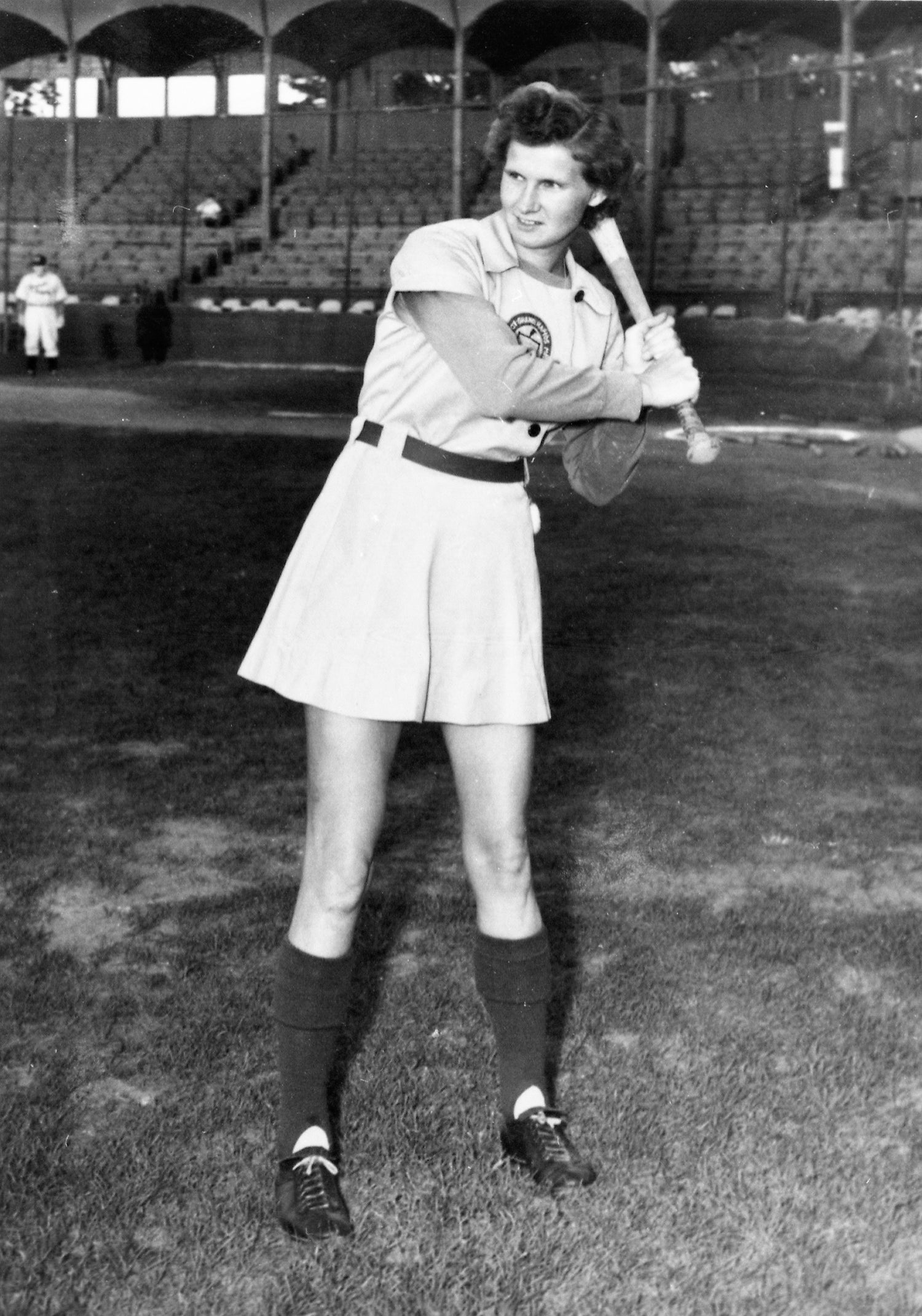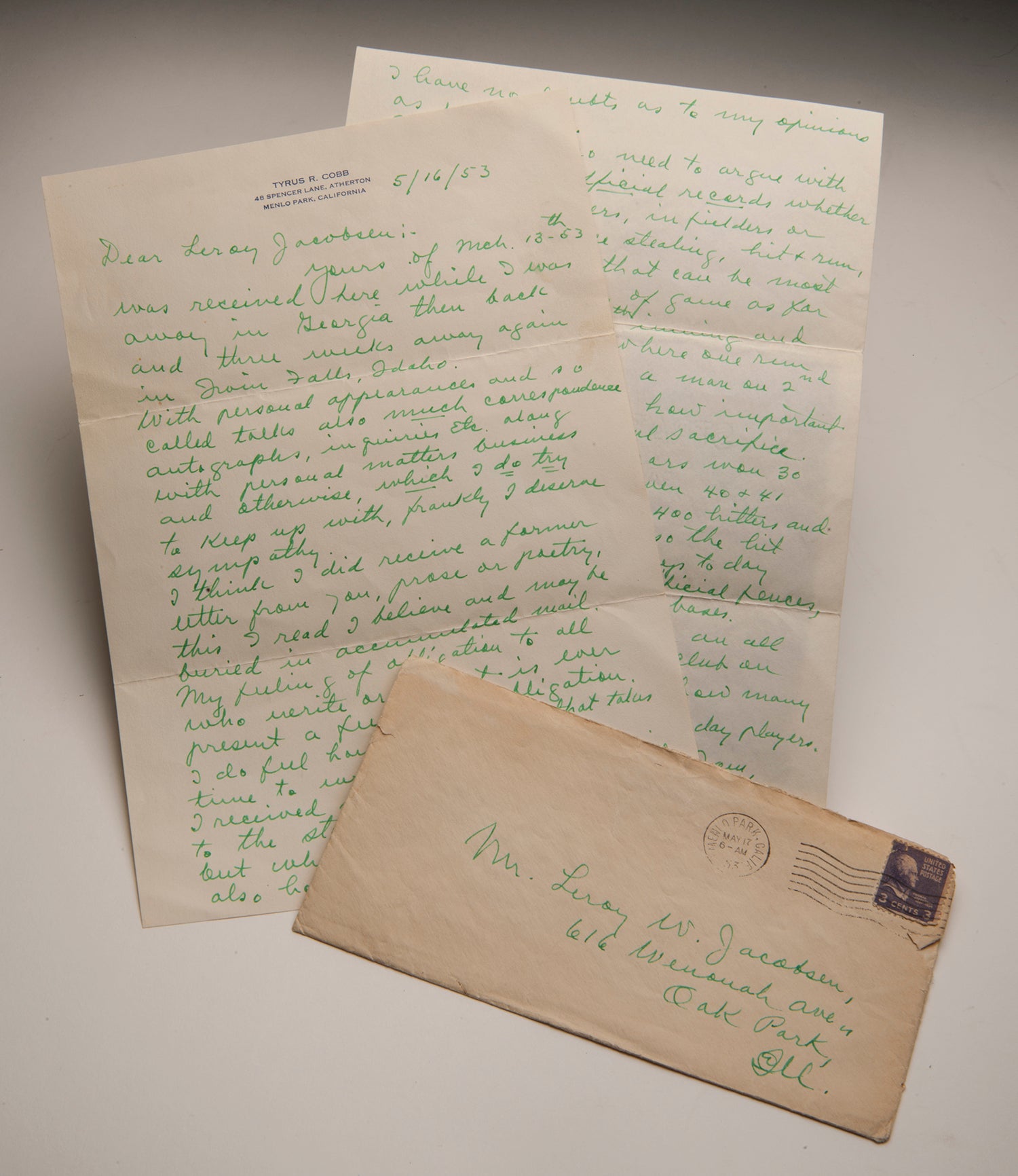#Shortstops: Janet Marie Smith’s ballpark designs have changed the landscape of the game
Baseball stadiums are iconic for the fans who call them home.
Smith, who holds a bachelor’s degree in architecture from Mississippi State University and a master’s in urban planning from the City College of New York, is currently the Senior Vice President of Planning and Development for the Los Angeles Dodgers. Smith has also held the positions of Vice President of Planning and Development for the Baltimore Orioles and the Atlanta Braves and the Senior Vice President of Planning and Development for the Boston Red Sox. Outside of baseball, Smith has worked on such landmarks as the Olympic Stadium and Phillips Arena (Atlanta), Pershing Square (Los Angeles) and Battery Park (New York City).
When working on a project, Smith is responsible for putting together a team of professionals to design a facility that takes into account such factors as comfort, style, and the building’s overall design and construction. Under her direction, concepts are designed, implemented, and built that allow for seamless integration between the facility and its surrounding neighborhoods.
A perfect example of how Smith weds the stadium to its surroundings is the complementary relationship between the city of Baltimore and Camden Yards that helped bring about a renaissance of the city’s warehouse district. “The collection of attractions that were being added to Baltimore at the time was really what drove the design,” Smith said. “It is only 20 years later, in hindsight that you can say it really began a new era of thinking in ballparks. It certainly wasn’t our goal, expectation, nor would we have been presumptuous enough to say, ‘We’re going to change the trend.’ We just said, ‘We want to do the right thing for Baltimore.’"
Anna Wade is the former director of museum education for the National Baseball Hall of Fame and Museum






